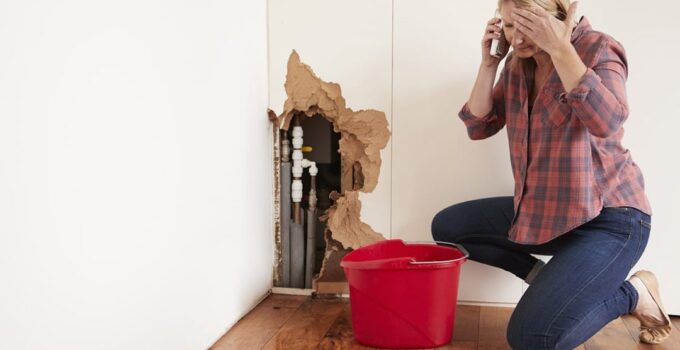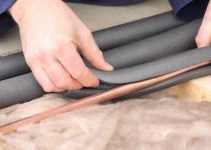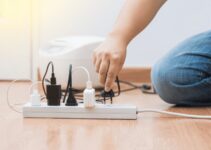Cracked pipes and the whole plumbing system can be a huge problem in your home. Old installations may cause more problems than you can imagine. Many people are forced to make huge interventions, so they can fix the issue. Sometimes, these problems are undetectable, until they cause flooding or any other type of catastrophe at your home.
In order to know how to determine if you have a crack in your plumbing pipe, you need to first know what kind of pipe you have. There are many different types of pipes out there including copper, PVC, galvanized steel, iron, etc. The type you use can define the longevity and functionality of the whole system.
Depending on the type of pipe you have, you will find certain ways to spot cracks. When talking about copper pipes, they have a specific way of getting damaged. They can get damaged in two different ways. Cracks can appear in copper pipes due to the extreme temperature changes between day and night. Other causes may include corrosion of the inside of the pipe.
Copper pipes tend to last longer than other types, but they are not immune to damage either. You’ll notice that copper pipes tend to develop small splits over time, and that means you need to find a trustworthy plumber like hedlundplumbing.com.
While these cracks will not affect the lifespan of the pipe, they will eventually weaken it over time. When not fixed, the pipe, no matter the type, can increase the risk of floods at your home.
Even though you can repair yourself, especially when the damage is tiny, we still suggest hiring a plumber for this purpose.
But, how to determine if there are cracks before it’s too late? Let’s take a look at the most common signs:
1. Check the water pressure
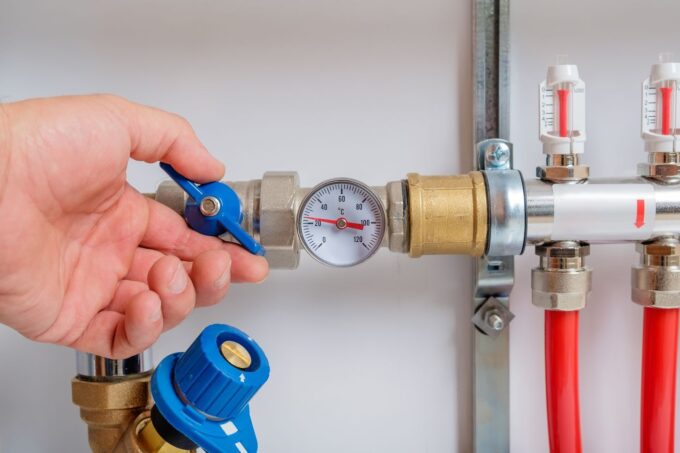
Source: residencestyle.com
The first thing you should check is the pressure of the water coming out of the faucet. If the water pressure is low, then the pipe is probably cracked.
However, low pressure in the pipes can be the result of many other problems, so you should not immediately jump to conclusions. Maybe it’s a general problem with the pressure in your area, or there’s a bigger technical problem that’s being worked on at the moment.
Of course, if the problem is only with you or only in one part of the home, there is a high probability that it is still a cracked pipe and you must solve the problem as soon as possible.
2. Listen for running water
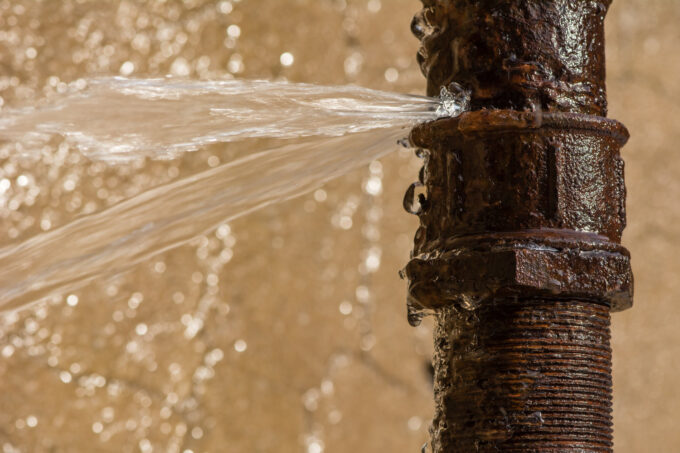
Source: homearise.com
If you hear a continuous stream of running water coming from the bathroom sink or tub, then chances are good that the pipe is cracked.
Make sure that there is absolute silence in your home. Turn off all the faucets in the home and listen carefully. If you hear the sound of water drops or a flow, then there is a huge fault somewhere.
Keep in mind that water is a powerful substance that can dislodge a rock, so you shouldn’t mess with it. Any defect must be fixed in time because only in this way you will prevent a flood, moisture, or damage to the construction around your toilet or kitchen.
3. Observe the color of the water flowing from the pipes
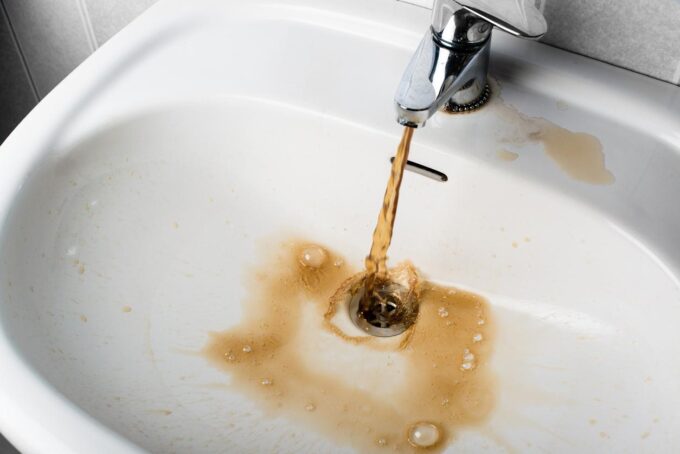
Source: familyhandyman.com
Look at how clear the water is coming from the shower head. Is it crystal clear? Or does it look murky, cloudy, or yellowish-brown? If the water looks discolored, then the pipe may be broken and leaking.
Of course, this does not mean that the pipe is definitely damaged, but it is most likely that it happened.
Tap or shower water can also become discolored from pipe corrosion or during storms when the plumbing system can become contaminated with mud and other impurities. Of course, the defect could also be with the supplier, but for that, you would probably receive an official notice not to use the water for drinking or bathing.
4. Look for leaky pipes
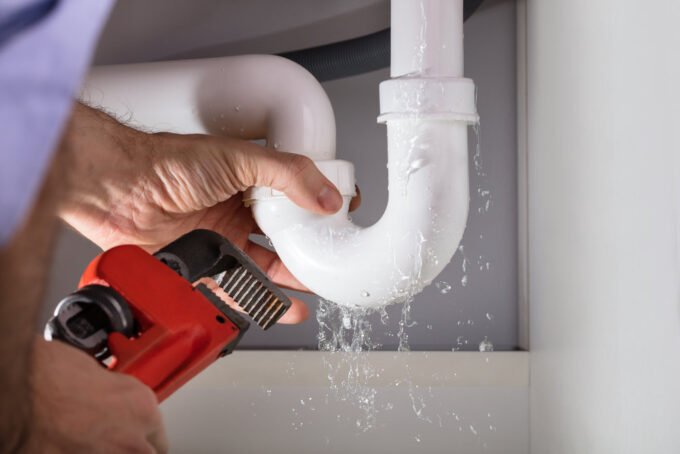
Source: bl3inc.com
You might not notice any leaks, but sometimes you’ll find small drips of water on the floor. These are often caused by cracks in the pipe. You can also use a pipe cleaner to clean out any cracks around the base of the sink or bathtub.
In addition, visible signs of damaged pipes can sometimes appear on the walls and even flow over the tiles in the bathroom or kitchen. This is a common occurrence in wall-mounted installations. Also, a clear sign that you have a damaged pipe is if wet spots or mold appear on the walls.
Of course, don’t take any action until a plumber has checked the condition of your home.
5. Investigate the drain
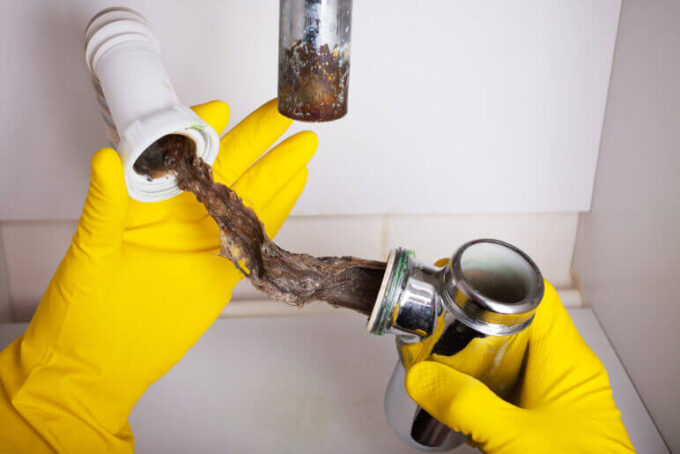
Source: talmichplumbingheating.com
Take some time to inspect the drains in your home. Are they getting clogged easily? Do they smell? If they are plugged, then they could be leaking. You can fix these problems yourself, but it will be much easier if you hire someone who knows what he or she is doing.
Many people ignore the unpleasant smell from their home, thinking that it is completely normal for it to smell in the kitchen or in the bathroom. However, you probably know well which smells are most common in these parts of the home. We recommend that you do not ignore drain blockages or the smell.
That way you will save a lot of time and money and you will not allow a disaster to happen in the home.
Conclusion
Now you know what to do in case you have cracked pipes. Indeed, you must not play with water. This means that any defect must be repaired in time before it becomes a bigger problem.
By hiring good plumbers, you will solve all problems in time and you will not put yourself at risk of flooding or other more serious damages to the home.
Always keep an eye on what’s going on in the kitchen or bathroom, because that’s where these breakdowns usually occur. That way you will react in time and prevent serious damage. Of course, work with professionals, so you can be sure that everything is done with quality and that there will be no need for repairs anytime soon.

